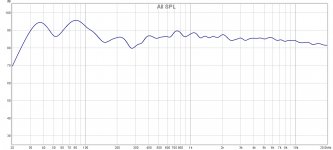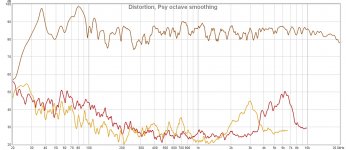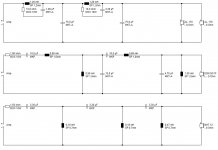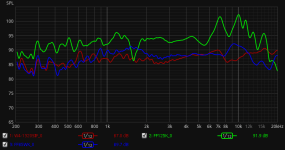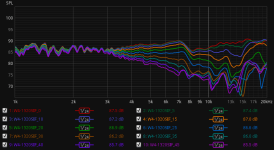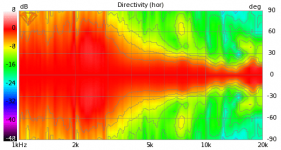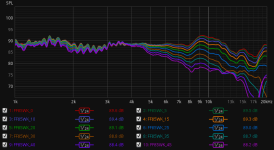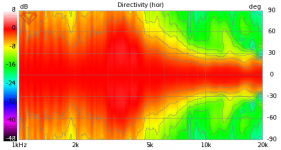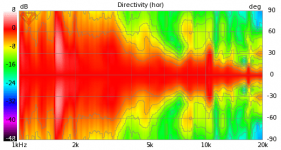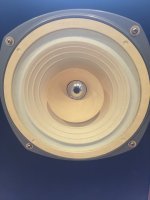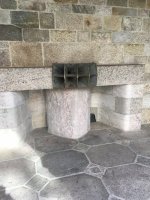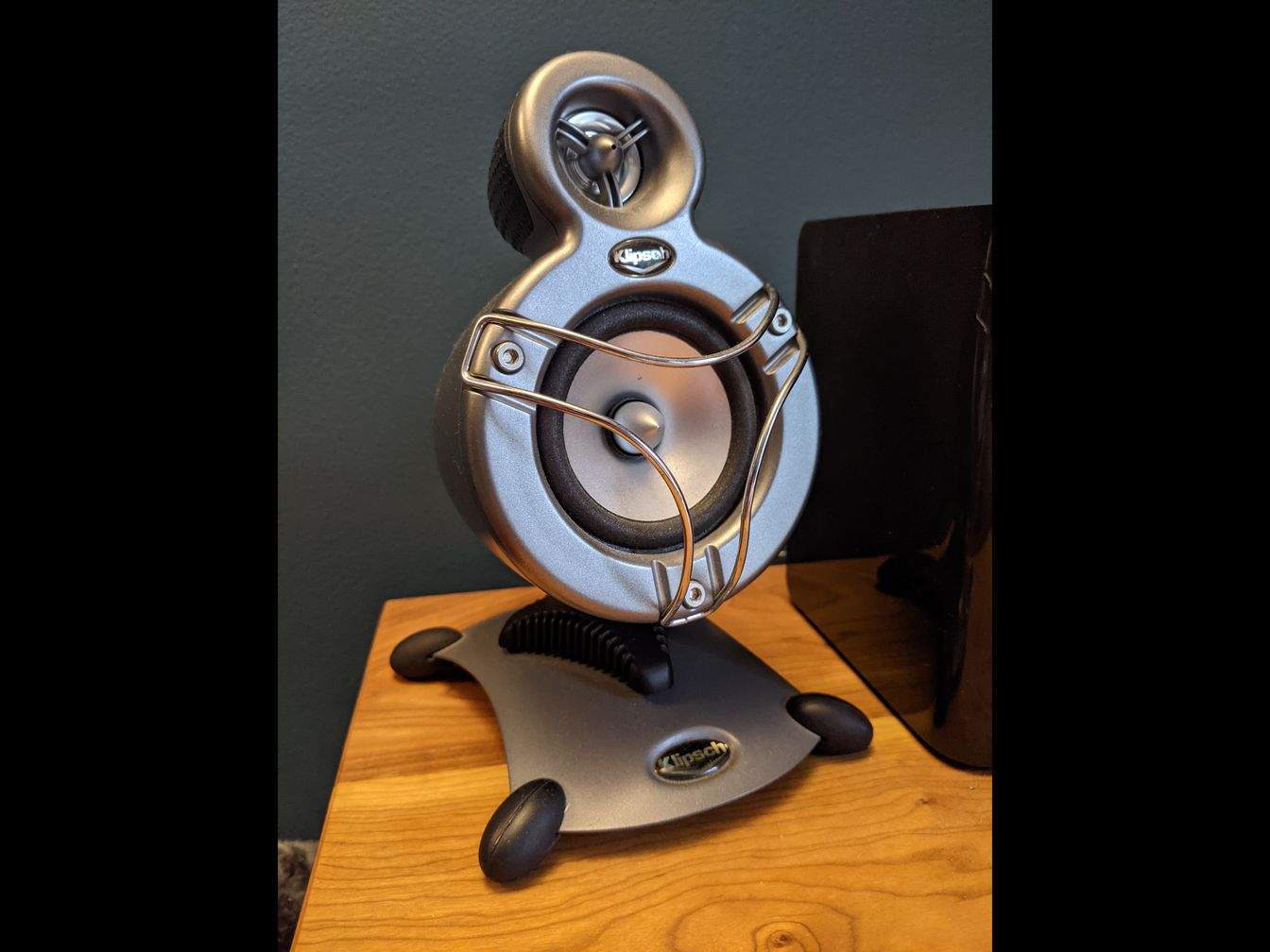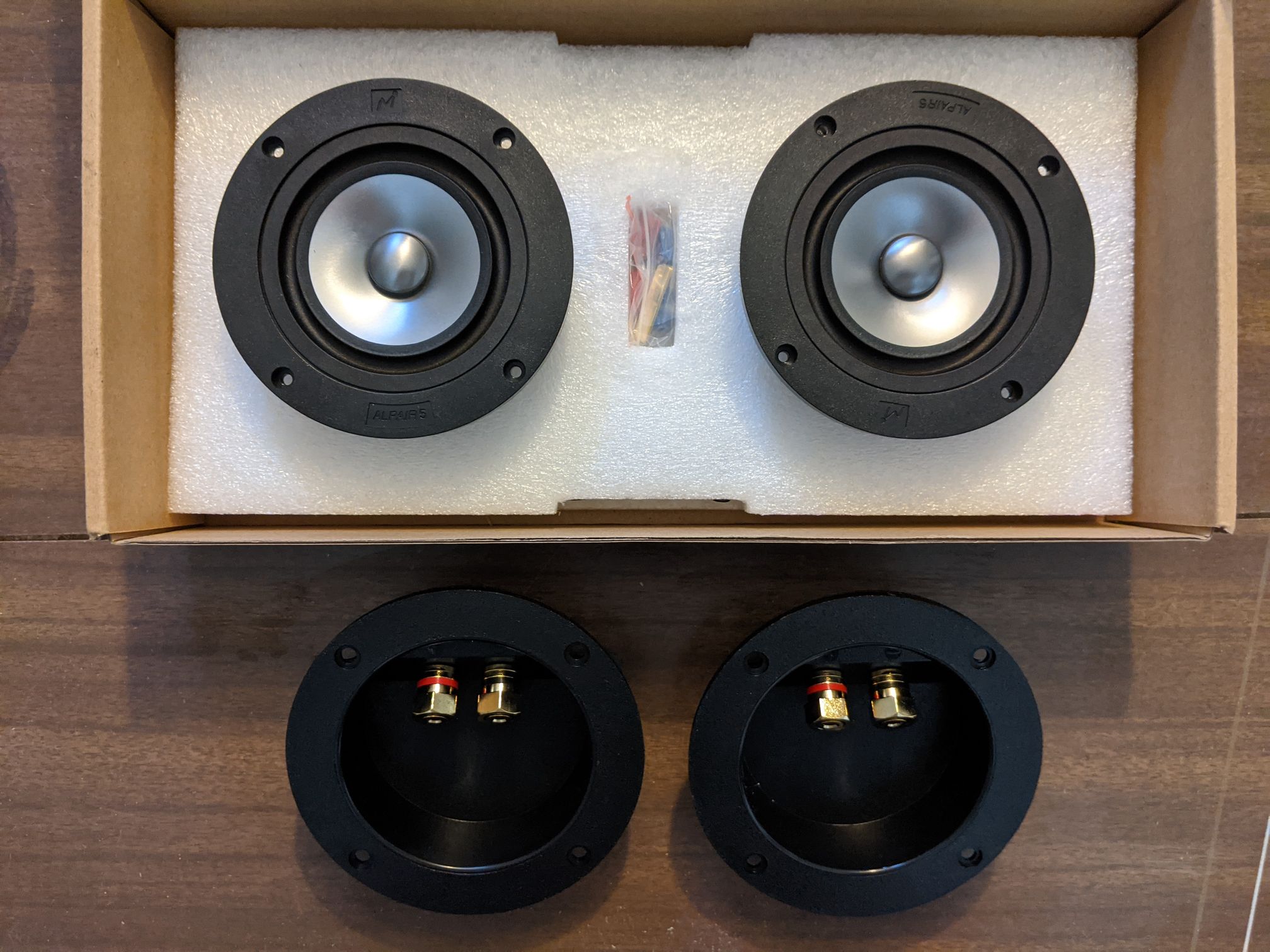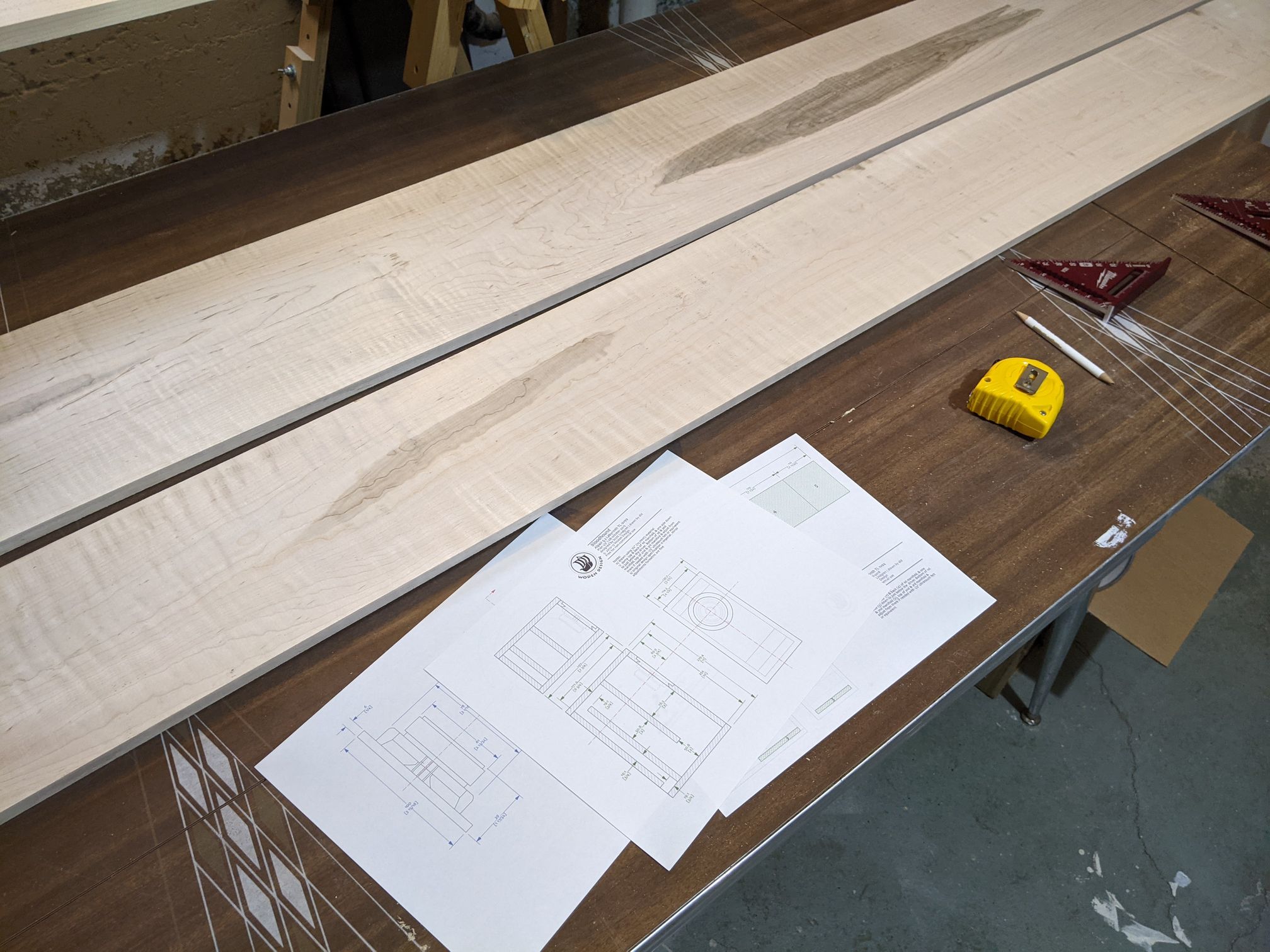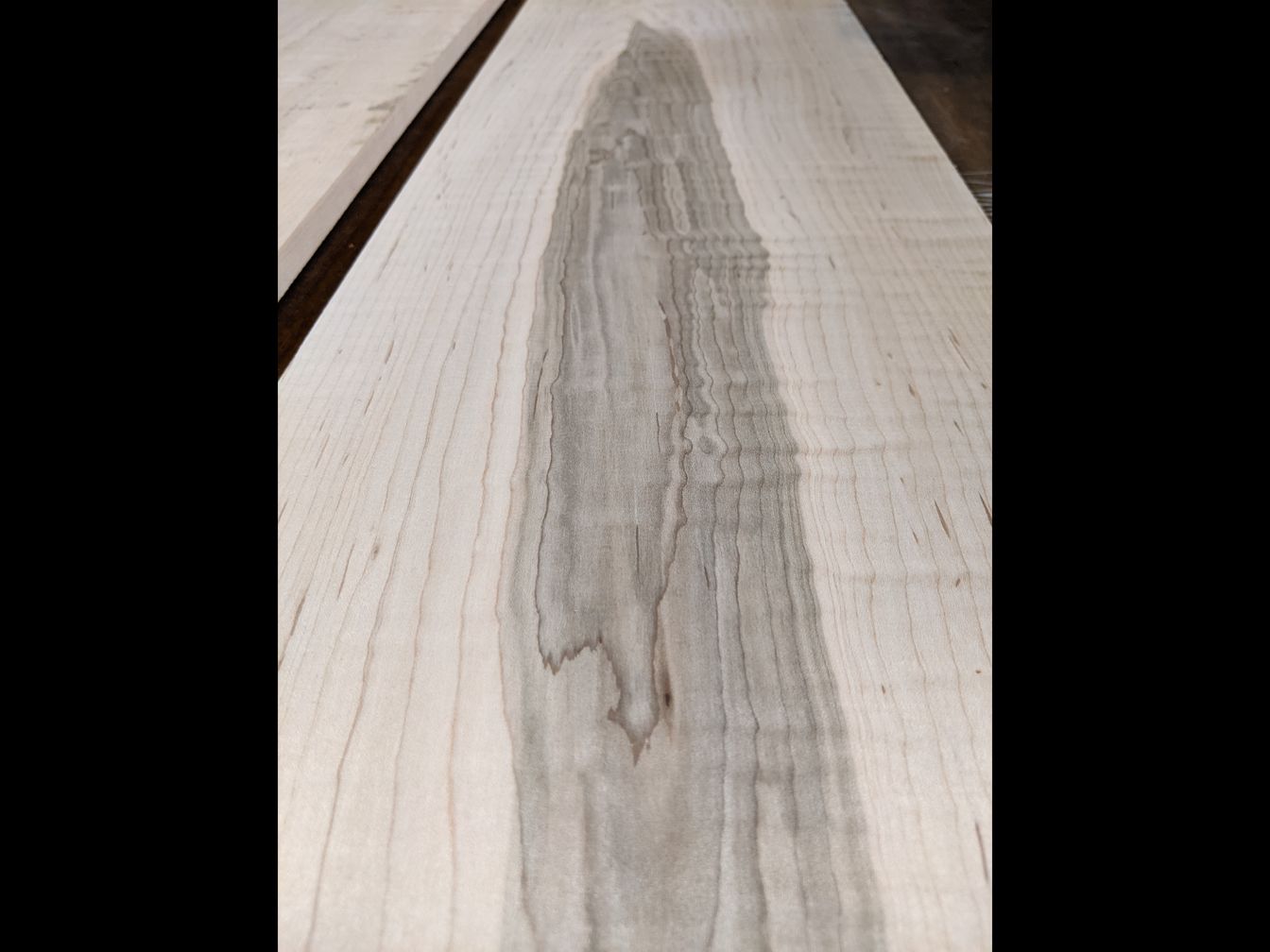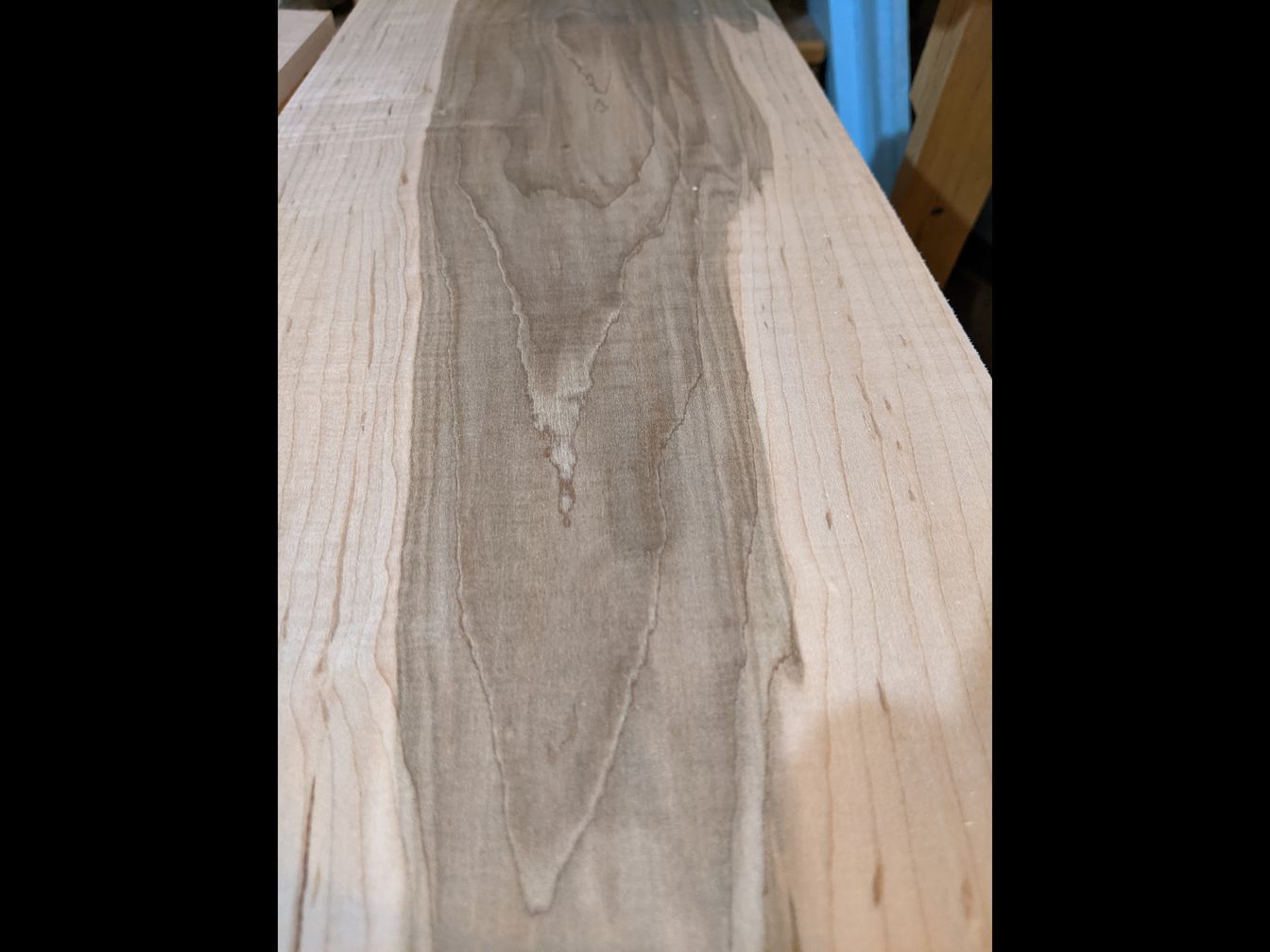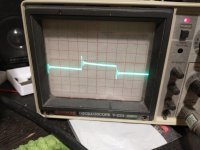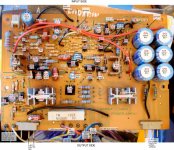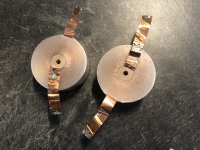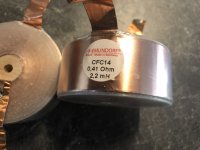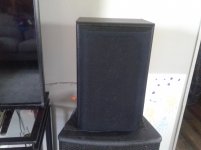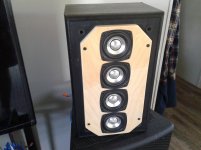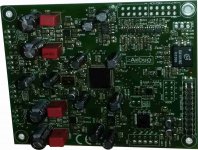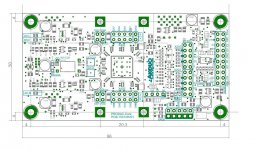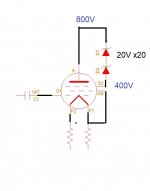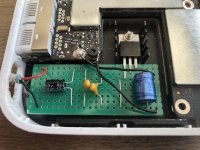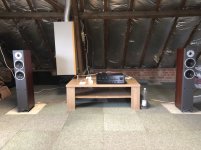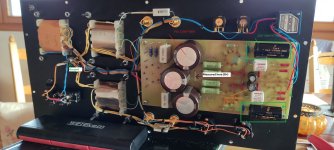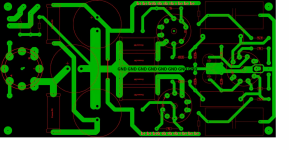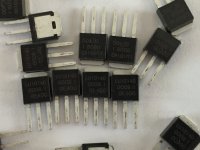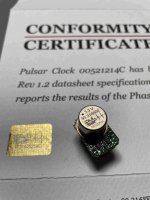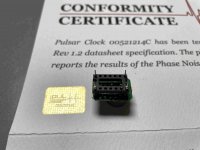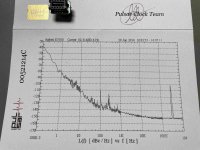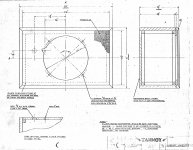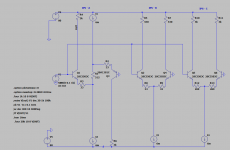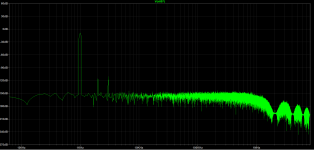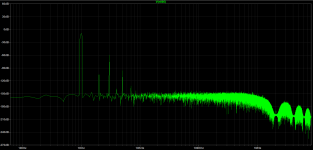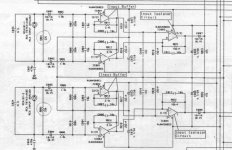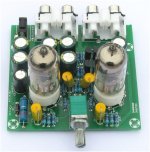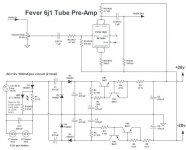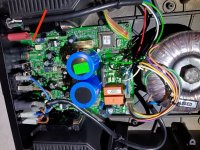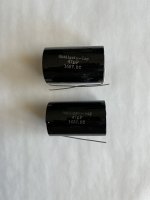Hi Everyone,
I hope you all are well and sociable. I am working on a Pioneer SX-1250 with a blown channel, and I am in the later stages of repair. I'd be about to test the amp right now, but I wanted to ask the group two questions.
The analysis showed a blown 12A main fuse, and one channel dead - I disconnected the power supply to the suspected side's driver board, installed a new fuse, and the amp powered up and produced a great looking/sounding signal on the good channel. Next, I pulled the driver board and tested the outputs - shorted TO-3's. I then pulled the power supply/protection circuit boards to look for issues. The outputs have been replaced with MJ's and ECG 68's - I am matched for Vbe within .01V and Hfe within 1 point, as this Pioneer does not have NFB. The driver board had a few issues, and I have attached a schematic with colored pen circling the burnt or damaged parts.
Questions:
1 - The drivers (low voltage Peak meter test, in-circuit) and emitter resistors test fine, and this is the first thing I check when executing a blown output device repair. Is there anything else I should check before testing?
2 - Is it possible to describe the failure mode, or or to see what kind of scenario that this amp ran into at the time of failure? Damaged components are circled (notated) in blue/red pen, and the green markings are there to remind me to check pins 1 + 7 and where they lead. With R24 and R25 failing (one open and the other discolored and +25% tolerance), I am surprised that Q7 (2SC1904a) and Q8 (2SA899A) are not testing bad. Should I trust them? Q11 (2SC869) is the only transistor that tests bad (short, tested out of circuit) on this board, and has been replaced with a 2N5551. This makes understanding how R41 got damaged easier, but not R27 as Q10 tests good. Is Q11 a protection circuit xs?
Bonus question: The tape that holds the "MicroTemp" 109C temp fuse to the heatsink has let go, what can I use to replace it?
Thanks.
